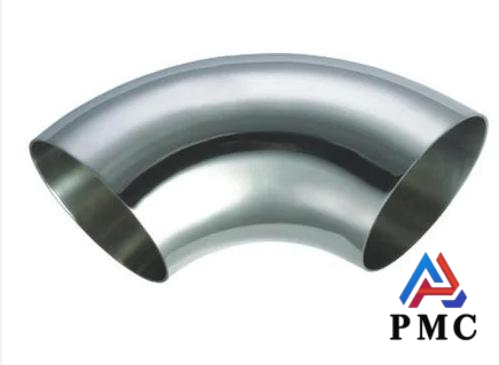
Stainless Steel Elbows Improve System Efficiency
In modern industry and construction, the efficiency of fluid transmission systems is directly related to the reduction of production costs, the reduction of energy consumption, and the stability and reliability of overall operations. In these complex systems, stainless steel elbows are key components for connecting pipes and changing the direction of fluid flow. Their design and selection play an important role in improving system efficiency.
1. Overview of the advantages of stainless steel elbows
Stainless steel elbows are widely used in many industries such as chemical industry, petroleum, natural gas, water treatment, food processing, etc. due to their excellent corrosion resistance, high strength and good machinability. Stainless steel elbows are made of high-quality stainless steel materials, such as 304 stainless steel or 316 stainless steel , which have good corrosion resistance and high strength. Compared with other materials such as cast iron, plastic, etc., stainless steel elbows can effectively resist the erosion of various corrosive media, reduce leakage and maintenance costs caused by corrosion, and thus ensure the long-term stable operation of the system.
2. Optimize fluid flow and reduce resistance loss
When a fluid flows in a pipe, its flow direction changes when it encounters an elbow. This process is often accompanied by energy loss, the so-called "resistance loss". Stainless steel elbows adopt scientific and reasonable designs. For example, long radius elbows can guide fluid turning more smoothly than short radius elbows, reduce fluid impact and eddy current formation, and thus significantly reduce resistance loss. In addition, the precise manufacturing process ensures the smoothness of the inner wall of the elbow, further reducing the friction resistance of fluid flow and improving the fluid delivery efficiency.

3. Enhance system stability and reduce vibration and noise
In high-speed fluid systems, vibration and noise are prone to occur at elbows, which not only affects the working environment but may also cause damage to other components of the system. Stainless steel elbows, due to their excellent material quality and reasonable structural design, can effectively absorb and disperse the energy generated by fluid impact and reduce vibration and noise. At the same time, its good corrosion resistance and wear resistance also ensure stability under long-term operation, avoiding performance degradation due to material aging or wear.
4. Improve the convenience of installation and maintenance
Stainless steel elbows adopt standardized design and are easy to connect with other piping components, greatly simplifying the installation process. Its rugged and durable features also reduce the frequency and difficulty of daily maintenance. When maintenance or replacement is required, the detachability of the stainless steel elbow makes the operation more convenient and quick, reducing the economic losses caused by downtime maintenance.
Conclusion
In summary, as an indispensable component in the fluid transmission system, the stainless steel elbow has excellent material properties and scientific and reasonable design, which plays a significant role in improving the system efficiency. By reducing resistance loss, enhancing system stability, reducing vibration and noise, and improving the convenience of installation and maintenance, stainless steel elbows bring more efficient and reliable operation experience to fluid transmission systems in modern industry and construction. Therefore, when designing and constructing a fluid transmission system, the rational selection of stainless steel elbows will be a wise investment decision.
Read more: The Main Connection Methods of Stainless Steel Elbows


